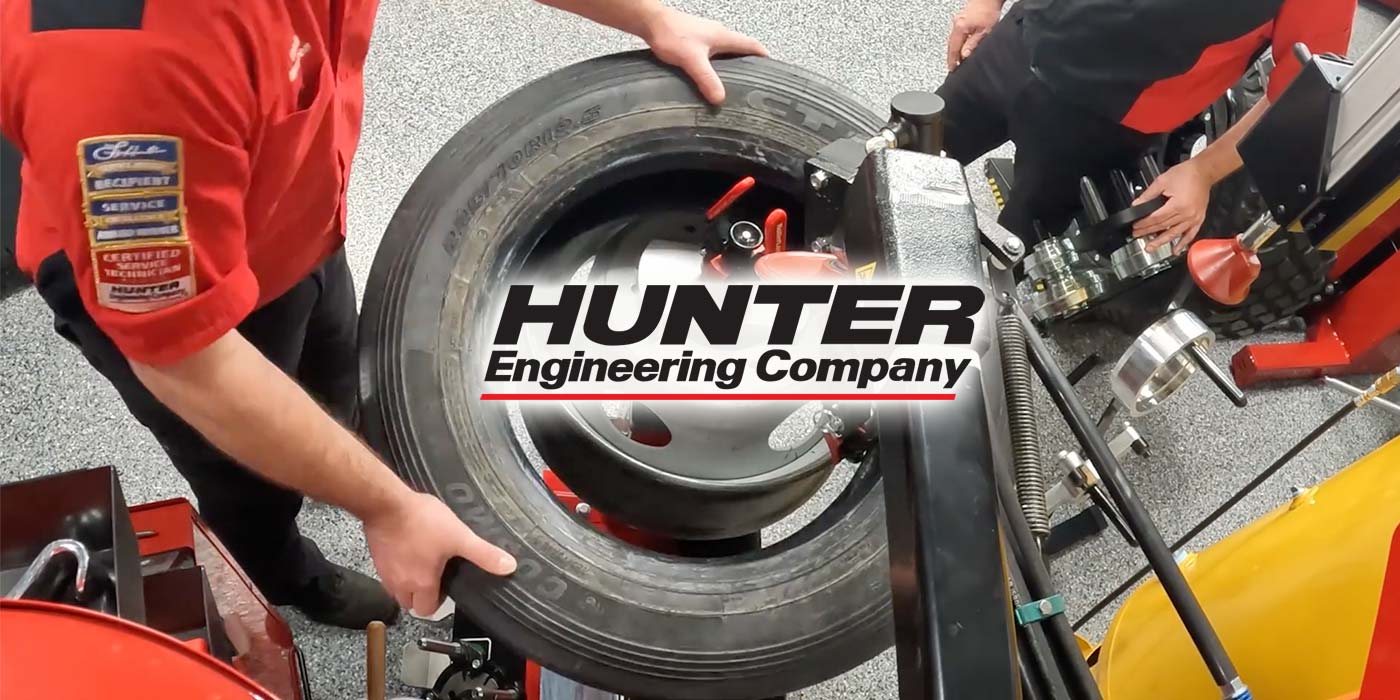I hear it all the time, people debating the type of oil filters they use. They all may look the same on the outside, but there is a difference, and even more so when you look inside.
Let’s take a spin-on filter for example. You really can’t see much at a glance, but there’s more here than meets the eye.
On the outside, all you see is the filter housing, but this is where dependability begins. High-quality steel is important for a tough, sturdy housing. Not only must it protect against pressure surges, but no filter is immune to the possibility of getting hit by road debris, and a sturdy housing also guards against punctures.
Additional features such as a non-slip grip can also make your job a lot easier.
Now, the gaskets or seals may all look the same, but they’re not all created equal. We all know to apply a thin film of clean engine oil to the seal before installing the filter. This reduces the friction and prevents seal damage, but the oil is also forced out as we tighten the filter.
An internally lubricated seal, such as the seal on this filter, is a seal that is made with friction-reducing ingredients in the elastomer formula. Not only does this offer additional protection during installation as the oil film is forced out, but it also allows for much easier removal. We’ve all run across oil filters that are seemingly welded on. That effect is greatly reduced with an internally lubricated seal.
On filters that are designed for longer synthetic oil change intervals, you’ll also find nitrile gaskets that offer extended durability and temperature protection.
Now let’s get to the business end, on the inside of the filter. The main components are the media, the relief valve, and an anti-drainback valve.
There are different types of media, the most basic being a cellulose type, but there is also synthetic filter media or microglass media, and many different proprietary media blends as well. This is a science all on its own, but it makes a big difference, and it simply comes down to how much dirt they trap and how long the filter efficiently traps dirt while allowing for proper, unrestricted oil flow.
The relief, or bypass valve is designed to open and allow oil flow under extreme conditions where the oil is too thick or if the filter becomes plugged. It’s important that this is a well-made part of the filter.
Last but not least is the anti-drainback valve which keeps oil in the filter to provide protection at start-up. It’s just one more hidden piece of the oil filter that you want to depend on.
They may all look the same on the outside, but there is a clear difference and ultimate engine protection relies on what you can’t see.
So, before you get into that next oil change, make sure you ask the question: What’s in your filter? Thanks for watching. We’ll see you next time.
This video is sponsored by FRAM













